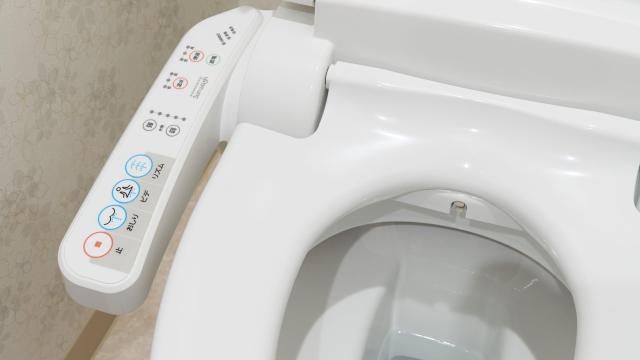Bidets are an everyday bathroom appliance in many other countries, but in the U.S. it’s hardly commonplace and has only recently become more commonly considered (in part from the pandemic and a perceived shortage in toilet paper). If you haven’t considered getting a bidet yourself…well, you should. Here are a few reasons to get a bidet, and how to use one.
What is a bidet?
A bidet is a separate fixture that washes your butt and nether regions after using the bathroom — basically, you use it instead of wiping. There are several different types and uses, but we’ll focus on stand-alone bidets and toilet seat bidets.
Why buy a bidet?
Buying a bidet is a healthy, environmentally conscious, and economically sound decision. According to research site Study Finds and bidet company Tushy, the average American uses 57 sheets of toilet paper a day. Because you need less paper when owning a bidet, you can save about 15 million trees a year in toilet paper production.
I know what you’re thinking — if we replace toilet paper with water, now that’s wasting water — but Michelle Yan with the Insider reported it takes 140 l of water to make one roll of toilet paper and just half a liter of water to use a bidet. Meanwhile, the U.S. has the highest toilet paper use in the world at 34 million rolls a day and spending upwards of $US120 ($154) a year on toilet paper per home.
A bidet also minimizes bacteria by washing it away rather than smearing it around your undercarriage. Depending on the kind you buy, bidets can also sanitize and dry so you never need to use toilet paper again.
Bidets also use the most hygienic way of cleaning your bum: Simple water. The LA Colon and Rectal Surgical Associates actually urge people not use soap when washing their butts, explaining the anus is a self-cleaning machine and “[t]raditional soaps and cleansers are too harsh to apply directly, especially combined with the rough act of scrubbing.”
If you needed more reasons, bidets are also incredibly effective for persons with disabilities, providing an accessible and sanitary was to use the toilet. The gentle washing also helps with hemorrhoid care and overall genital health.
So, why not save $US100 ($128) a month and get a bidet? Some people think it’s too expensive, or installing it would be too much of a pain (or requires a plumber). On the other hand, some people just don’t know how to use them.
What are the different types of bidets?
There are several types of bidets, including stand-alone bidets, handheld bidets, and bidets that attach to your toilet seat. Ones that shoot water spray air to dry you off, spritz sanitizing liquid, and have a multitude of settings. Wellness site Self has an extensive list of the attachment bidets and all of their capabilities for you to explore. We’re going to explore just the basics of toilet seat attachments and stand-alone bidets.
How to use a stand-alone bidet
Depending on the type of detached bidet, you might need to straddle the basin, so be ready to take your pants off fully. You can straddle facing forward or facing backward — however you would like to get clean. Fill the basin up with water, using the temperature gauges to bring the water to the desired warmth, and then sit comfortably on the bidet and turn on the stream.
You might want to test the pressure beforehand, so you aren’t surprised by a blast of water. You’ll need to dry yourself with a bit of paper, but a fraction of the amount you would normally.
How to use a toilet seat bidet
From the average toilet seat attachments to the full-service ones that give your butt a five-star spa treatment, bidets are pretty simple. After you’ve taken care of business, turn on the bidet spray nozzle. Depending on the attachment you’ve bought, it might mechanically detract from the seat, or it’s already there and will start shooting water. You’ll want to make sure the water goes from front to back, and let the stream rinse your bum for 30 to 60 seconds. Once it’s done, take a small amount of toilet paper and pat dry. If you’re lucky enough to have a drying attachment, just turn on the dryer and you’ll never need to wipe again.

Leave a Reply
You must be logged in to post a comment.